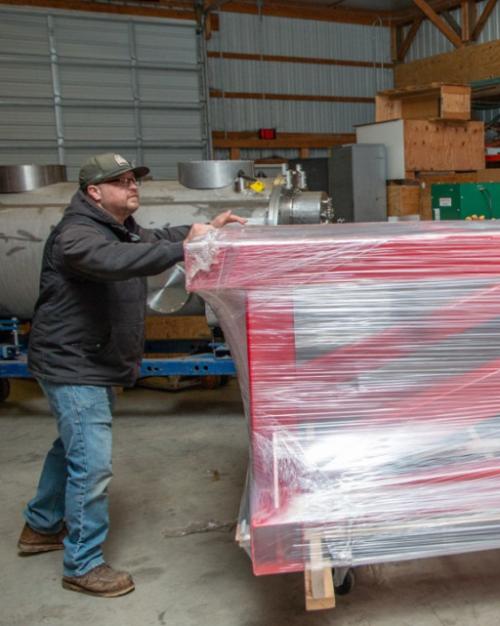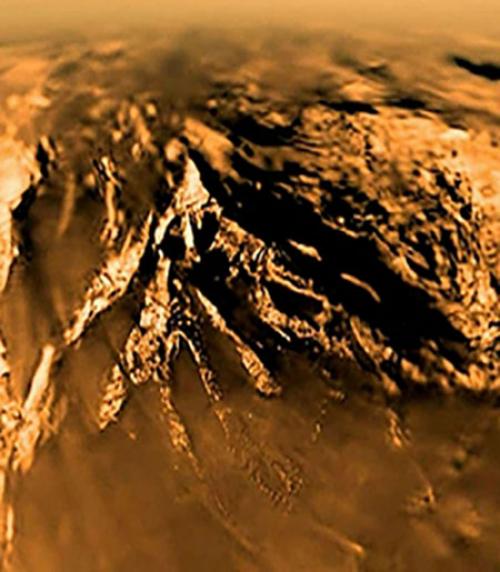Beginning in Fall 2019, the astronomy department will begin to offer a minor in astrobiology, only the second of its kind available in the Ivy League, and the sixth in the country. It will also offer a minor in data science in astronomy.
Lisa Kaltenegger, associate professor of astronomy and director of the Carl Sagan Institute, stressed the collaborative nature of the new astrobiology minor. "This is a minor that really has the core idea of Cornell at heart, which is to collaborate beyond departments and colleges," Kaltenegger said. "The minor builds on Carl Sagan's legacy at Cornell. There was incredible enthusiasm for it across the whole university, as evidenced by the great team of people we've brought together through the minor, all of who care deeply about our students."
Astrobiology is a new interdisciplinary scientific field concerned with the origins, early evolution, distribution and future of life in the universe. The field has become a major focus of scientific research, as scientists continue exploring the Solar System and working to detect other exoplanets orbiting other stars.
"The goal of this minor is to develop students' critical thinking and literacy in astrobiology so that they can critically evaluate news and claims related to this interdisciplinary field," said Nikole Lewis, assistant professor of astronomy.
The astrobiology minor is modeled on the interdisciplinary Carl Sagan Institute, which has 30 faculty from 15 departments across the university. The astrobiology curriculum includes required courses in biology, earth and atmospheric sciences, and science and technology studies, as well as communication courses. Students will be given the option to choose from a list of approved courses, to allow for flexibility and exploration in the broad astrobiology field.
The data science in astronomy minor comprises six courses, four in astronomy and two from other departments that provide background in probability and statistics and modern topics in computer science and related fields.
"Astronomy and space science is data intensive," said Gordon Stacey, astronomy professor. "Modern sensors on ground and space-based telescopes produce multi-dimensional data in order to address fundamental questions about the diversity of objects in the universe, about life in the universe, and about the universe itself."
Researchers in the Astronomy Department are involved with specific projects involving large empirical and simulation data sets: spacecraft imaging data from solar system missions, spacecraft survey data for exoplanets, sky surveys at radio, infrared, and optical wavelengths, data sets from gravitational wave detectors, and cosmological simulations of large-scale structure in the universe. These data sets will provide attractive contexts for learning and applying modern analysis methods.
Image: Titan's surface, as taken by the European Space Agency's Huygens probe as it plunged through the moon's thick, orange-brown atmosphere on Jan. 14, 2005. Cornell scientists have found chemical evidence that suggests prebiotic conditions may exist there. Credit: ESA/NASA/JPL-Caltech/Univ. of Arizona




